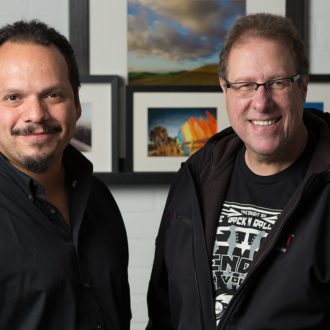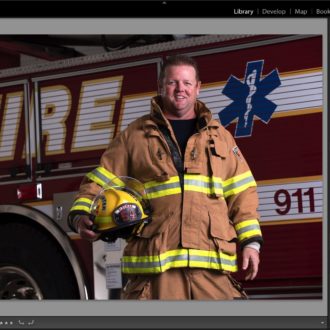It’s “The Lightroom Show” Episode #6 with Scott & RC
It’s Friday — you know what that means: It’s time for another episode of “The Lightroom Show.” We’ve been using your questions as the outline for the show, so I hope you find it helpful.
I just got back from Dubai last night, so I’m keeping this short and sweet — hope you enjoy the show and here’s wishing you a great weekend. 🙂
Best,
-Scott


